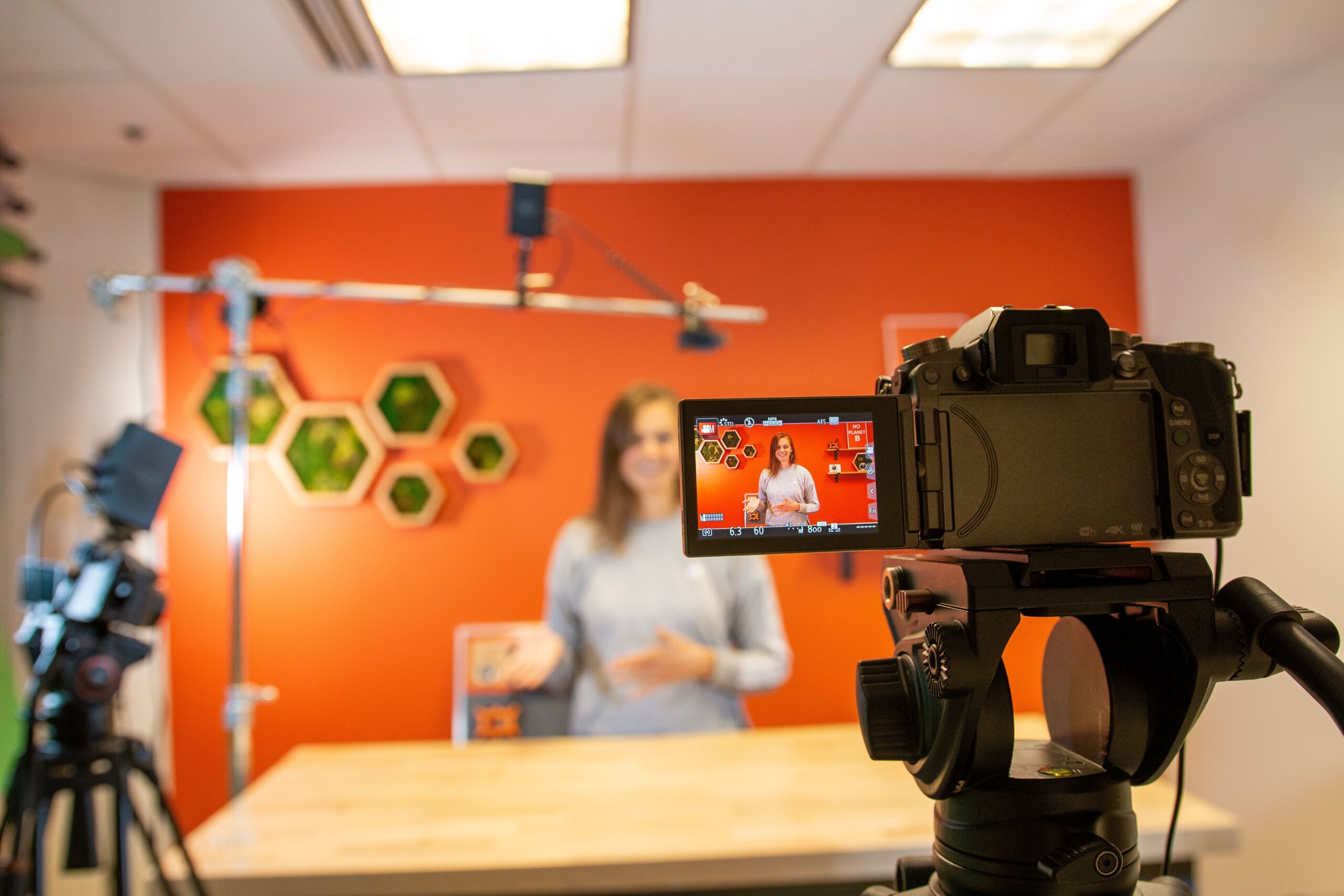With its dynamic nature, video content is a pivotal tool in the arsenal of growing franchise brands. In a world where attention spans are dwindling, and the digital space is cluttered with information, video cuts through the noise for franchise brands.
Why Video Content Is Paramount for a Growing Franchise Brand
By Gary Occhiogrosso – Managing Partner, Franchise Growth Solutions, LLC.
The power of video content cannot be understated. If you’re steering a growing franchise brand, integrating video into your marketing strategy is not just recommended; it’s imperative. With franchises striving for uniformity in branding, messaging, and consumer experience across multiple locations, video offers a medium that speaks universally. But why, you ask, is video content so crucial for a budding franchise brand?
1. Engages Multiple Senses:
At its core, video is a dynamic medium that engages visual and auditory senses, making it easier for potential customers to remember your franchise brand. Studies have shown that people retain 10% of a when reading text compared to 95% of a message after watching a video. By engaging more senses, video deepens the emotional connection, making the message more impactful.
2. Enhances Brand Consistency:
For franchises, maintaining brand consistency across various locations and platforms is essential. Video content can effectively broadcast a standardized message, ensuring all franchises deliver the same value proposition, brand personality, and ethos.
3. Increases Online Visibility:
Google loves video content. Including video on your website can increase your chance of a front-page Google result by 53 times. Franchises aiming for a more substantial online presence benefit immensely from well-optimized video content. Additionally, platforms like YouTube, the second-largest search engine globally, offer a vast potential audience for franchise brands.
4. Facilitates Storytelling:
Every franchise has a story. Video offers the perfect medium to share this narrative, encapsulating the brand’s journey, values, and vision. This not only cultivates trust but also gives the franchise a relatable identity.
5. Boosts Social Media Engagement:
In the realm of social media, video content reigns supreme. Platforms like Facebook, Instagram, and TikTok prioritize video content, leading to higher engagement rates. A franchise that leverages video can quickly expand its digital footprint, creating brand ambassadors out of everyday social media users.
6. Drives Decision-making:
Customers are more likely to visit a restaurant, use a retail establishment, or purchase online after watching a video. For franchises, this means videos can significantly influence potential franchisees and customers’ decision-making processes.
7. Aids in Training and Onboarding:
Apart from marketing, video content is invaluable for training new franchisees. Interactive and engaging training videos ensure franchisees understand operational procedures, reducing inconsistencies in service delivery.
But the story doesn’t end here. Leveraging the potency of video content requires optimization. As we delve deeper into the age of digital marketing, it’s essential to keep relevant Google keywords in mind to enhance discoverability. Incorporate terms like “franchise opportunities,” “business growth,” “video marketing,” “brand consistency,” and “online visibility” to ensure your content reaches the right audience.
Moreover, in social media marketing, hashtags serve as potent tools to increase the reach of your content. Here are 15 relevant hashtags to accompany your franchise’s video content, placed side by side for your convenience:
In conclusion, with its dynamic nature, video content is a pivotal tool in the arsenal of growing franchise brands. In a world where attention spans are dwindling, and the digital space is cluttered with information, the video cuts through the noise. For franchise brands, it ensures consistency, enhances visibility, fosters engagement, and drives growth. If you haven’t incorporated video into your franchise’s strategy, the time is now. The future of franchise growth, undoubtedly, lies in the power of video.
Click Here to use video to sell more franchises
=========================
This article was researched, developed and edited with the support of AI


